Estonia – Into The Countryside
We rented a car and drove out of Tallinn to explore the rich, green, landscape populated by forests of tall, spindly, pines, birch, and spruce trees.
Laheema National Park, 47kms from Tallinn, stretches across 725kms, which includes 250kms of sea. It is home to forests, bogs, waterfalls, beaches, sleepy villages that hug the rugged coastline, and sumptuous historic manor houses.
Our first stop was Jalaga waterfall, a horizontal waterfall that drops over a stone ledge creating a curtain of water, which resembles threads of crystal. A group of schoolchildren was playing in the spray in between searching for trash as part of a school project that encourages them to take care of their national forests.
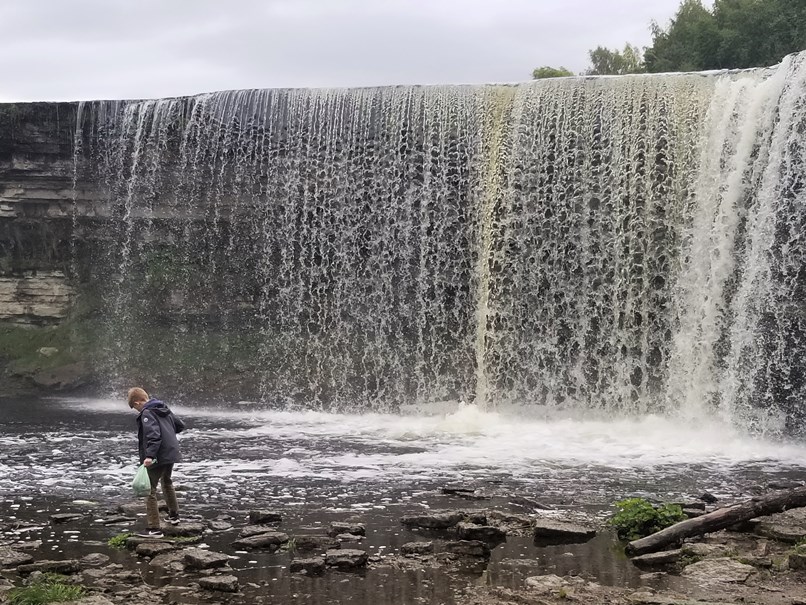
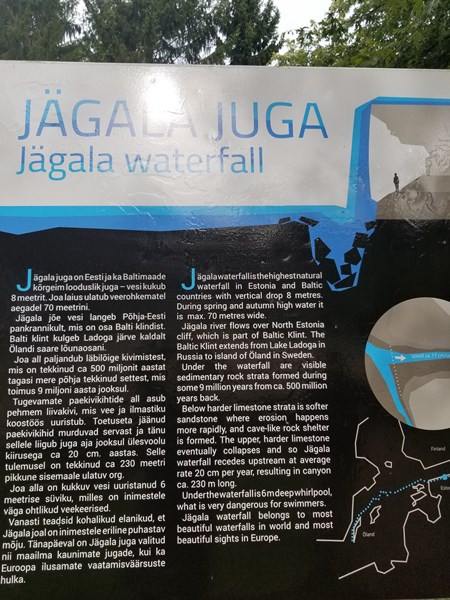
Viru Raba / Viru Bog
A path that winds through the forest where locals go about searching for wild mushrooms, delivers one to a network of raised, wooden boardwalks that meander over the bogs. Bogs form over hundreds of years when plants decay in a lake, creating an environment where fungi, moss, and small shrubs flourish. It’s a lovely peaceful walk that takes one into the heart of nature where the only sounds are the breeze and the rustling of leaves. (Provided of course that you are fortunate to arrive early or late in the day and not encounter a large tour group).
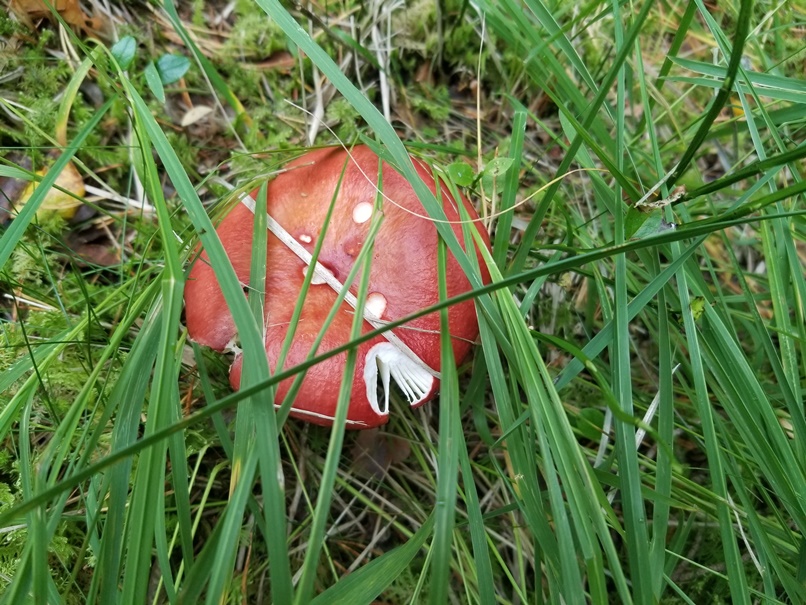
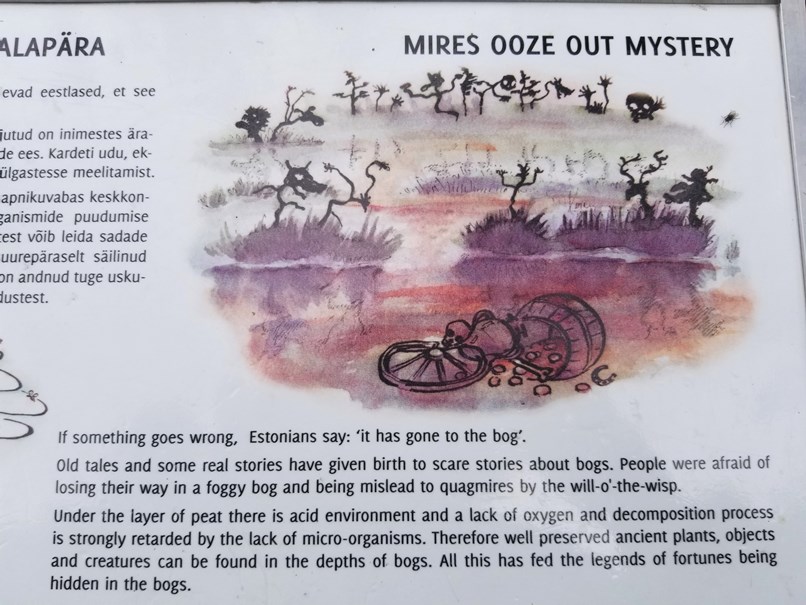
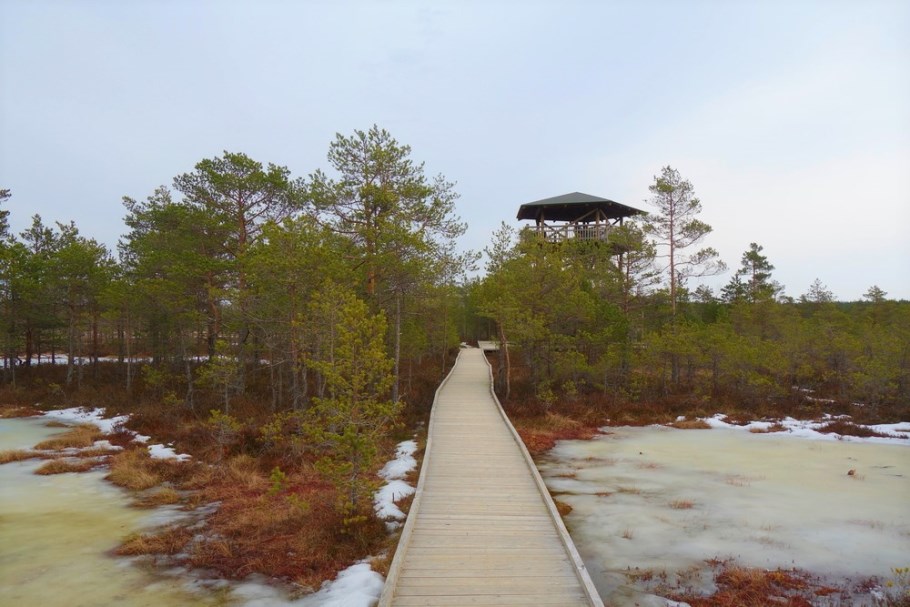
Käsmu is a fishing village that sits on a peninsula jutting into the sea between Eru Bay and Käsmu Bay. Its narrow country lanes snake past little white houses, minuscule churches, and graveyards dating back to the 1800s. Flowers bloom in glorious profusion thanks to the abundance of rain showers from September through March. It’s a quiet, idyllic village. May through August are the high season summer months. However, Käsmu has no high rise hotels or resorts so it’s hard to imagine that it’s ever crowded.
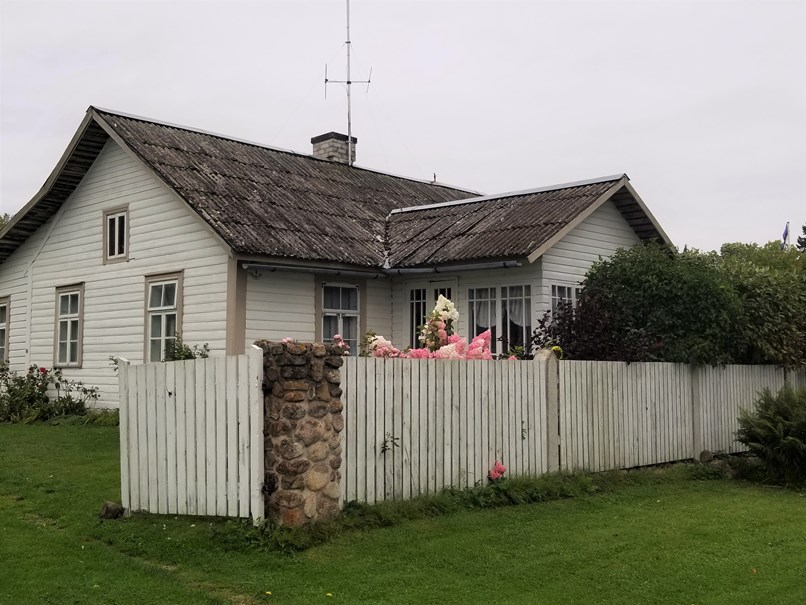
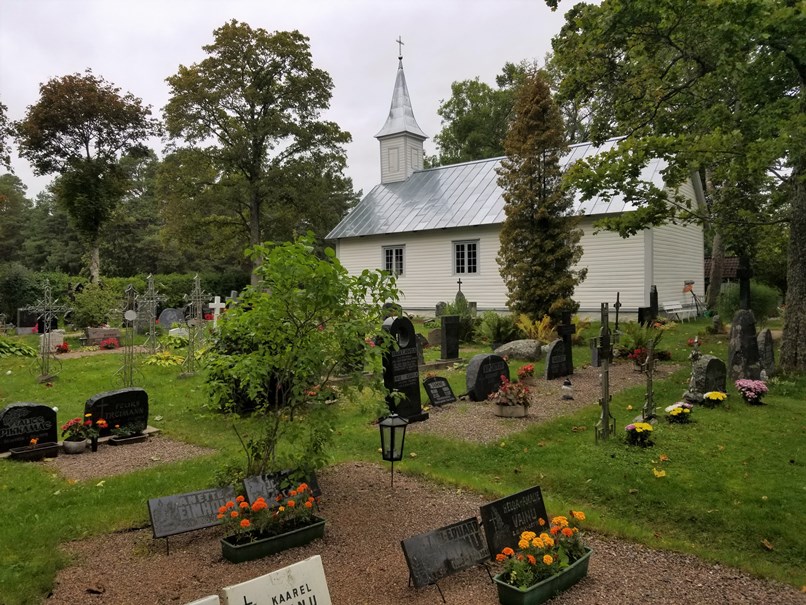
The good road between Käsmu and Tallinn has encouraged more Estonians who were once city dwellers to build modern homes on acres of ground in Käsmu and commute to the city for work.
From the late 19th Century to the early 20th Century, Käsmu was known for its marine school. By the 1920s, a third of all Estonia’s boats were registered to Käsmu, and it is said that every local family had at least one marine captain to its name.
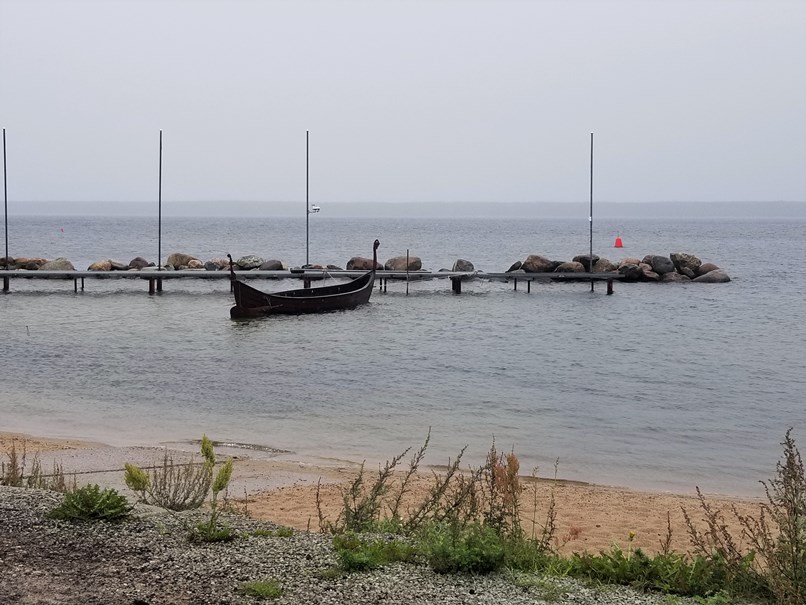
Vosu snuggles among the trees on the opposite side of Käsmu Bay. There are bike paths and footpaths that link the two villages and by car, it takes no more than five minutes. Vosu is hopping in the summertime when the bars and restaurants overflow and visitors flock to this little village to enjoy its spacious horseshoe golden sand beach framed by a backdrop of fragrant pine forests. The calm bays are ideal for swimming, kayaking and paddleboarding.
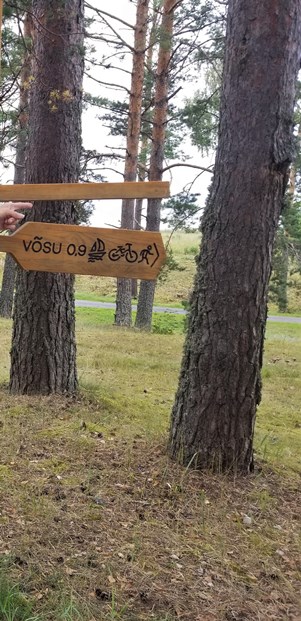

By the second week in September, most of the bars and restaurants had begun to close, but we did find a log cabin style restaurant among the trees where we enjoyed steaming bowls of vegetable soup and overly generous portions of the freshest salmon, served with grilled vegetables, and potatoes garnished with fresh dill, all for 25 Euros.

We ended our exploration of Laheema National Park on a high note. A visit to the 18th Century impressive Palmse Manor. The Pahlen family-owned Palmse from 1677 – 1923. The manor as it is today was rebuilt from 1782 – 1785, while the most recent restoration began in the 1970s. Alexander von der Pahlen introduced the first railway line to Estonia which ran from Paldiski port – to Tallinn – to St. Petersburg.
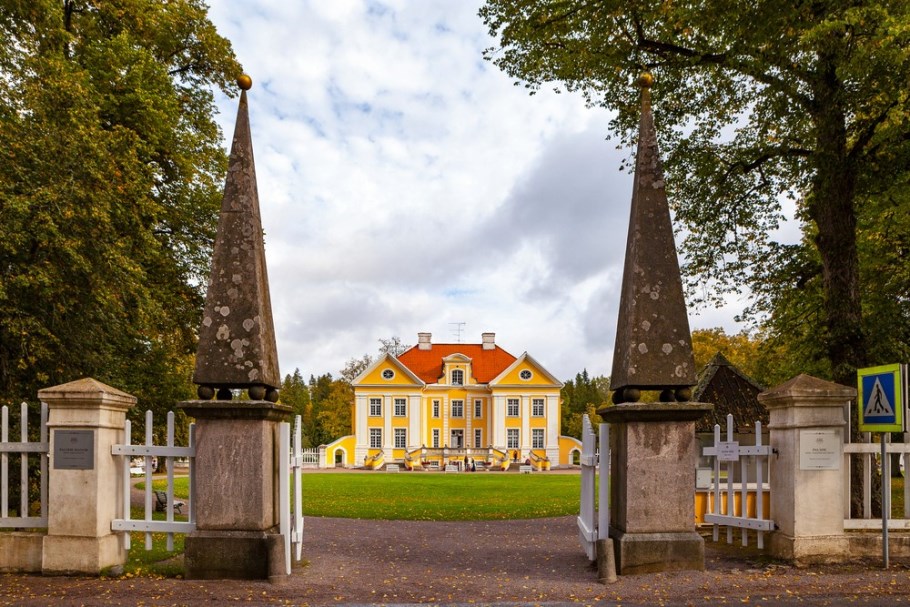
The manor is furnished with household items that include cutlery, crockery, and a room full of clothing, which all represent the style that was in vogue in 19th Century Baltic noble houses.
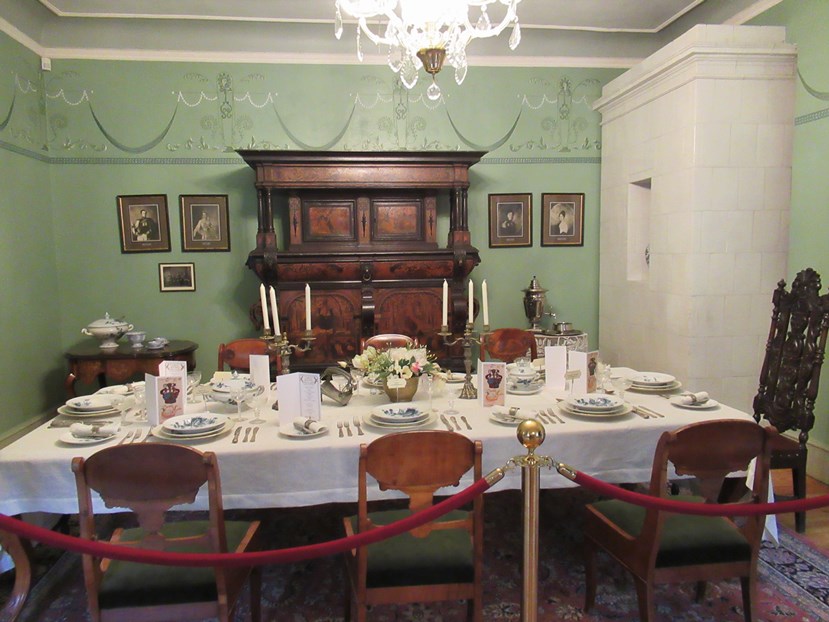
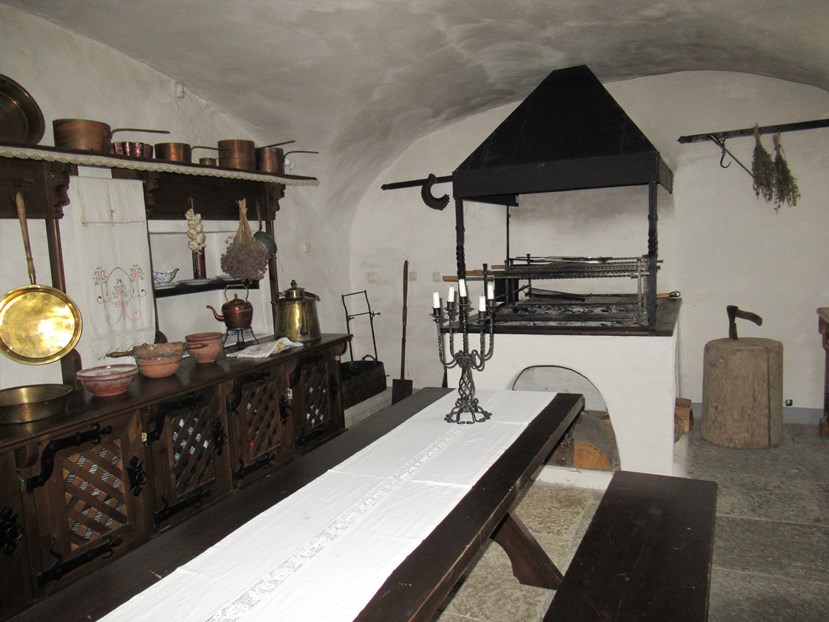
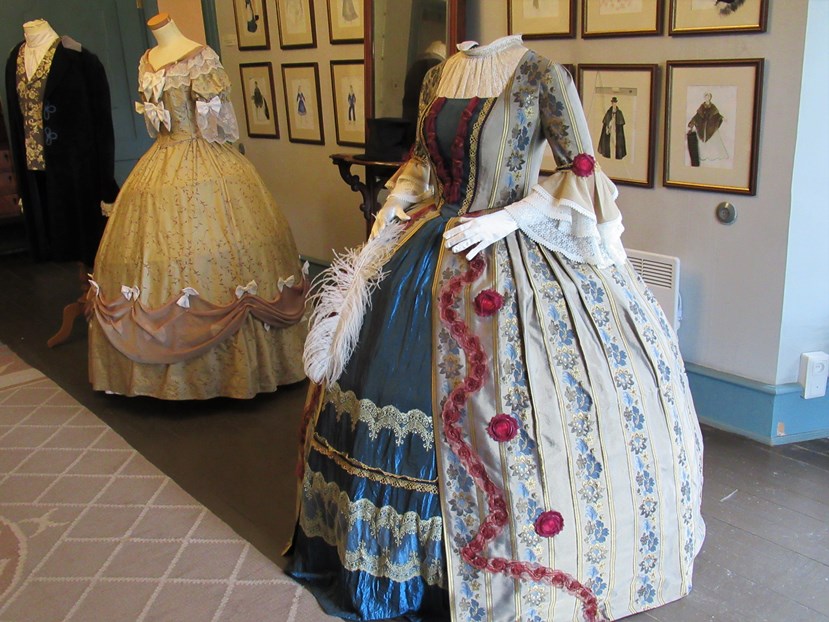
The grounds cover 210 hectares (519 acres), which are comprised of three parts: formal French gardens, an English style park, and forests.
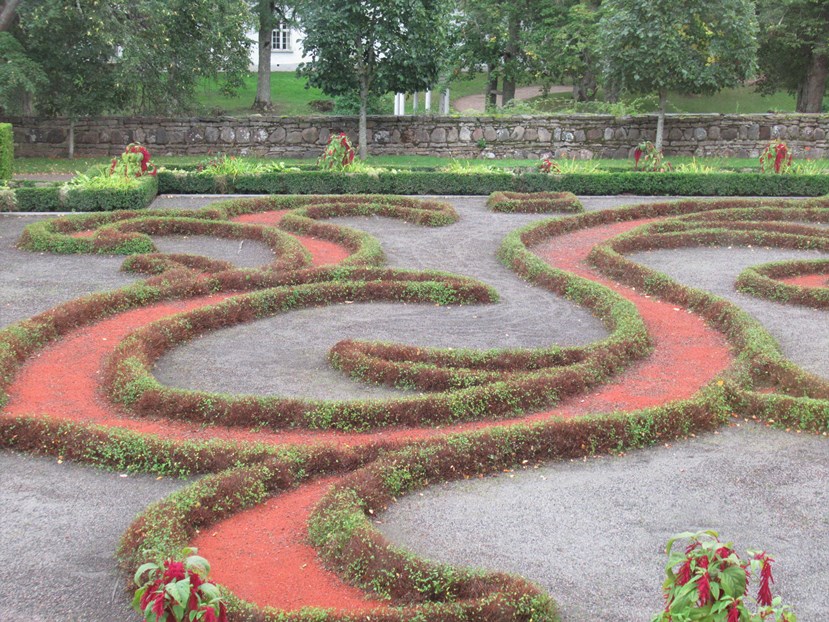

Scattered around the grounds dominated by the grand manor are the coach house and stables; storehouses; the Bachelor’s house; the Steward’s house, which is now a guesthouse; the smithy; the brewery; the distillery, which is now a hotel; the farm laborers quarters which became a tavern; the greenhouse; granary; laundry house; the lakeside bathhouse, which is now a restaurant.
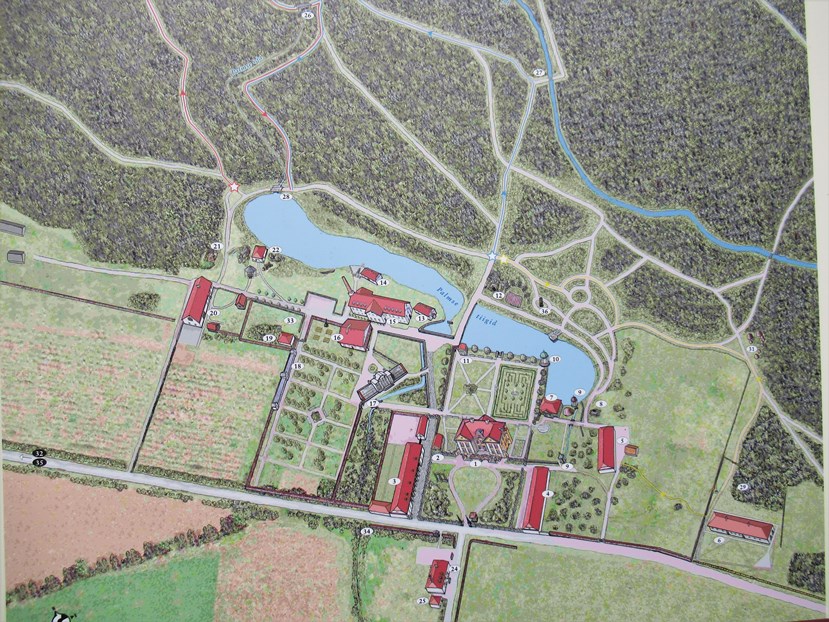
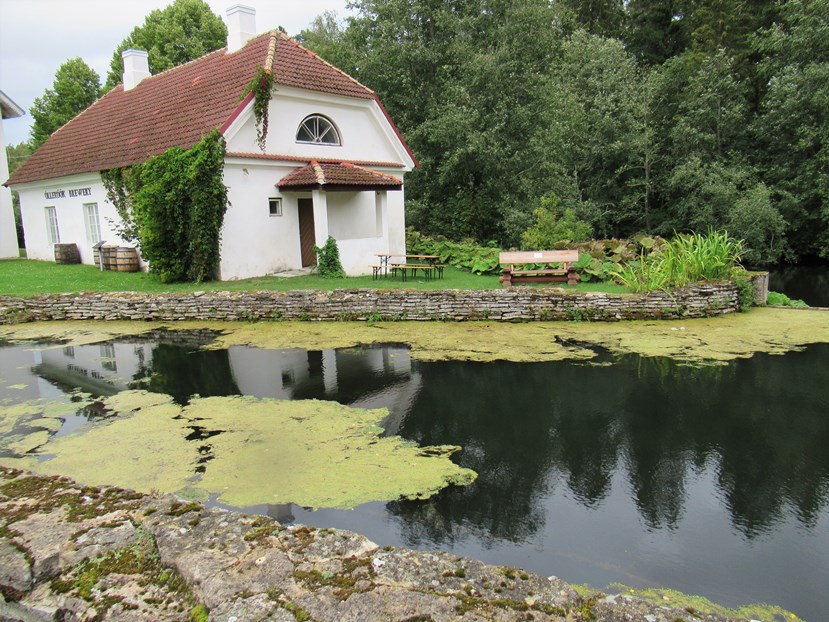
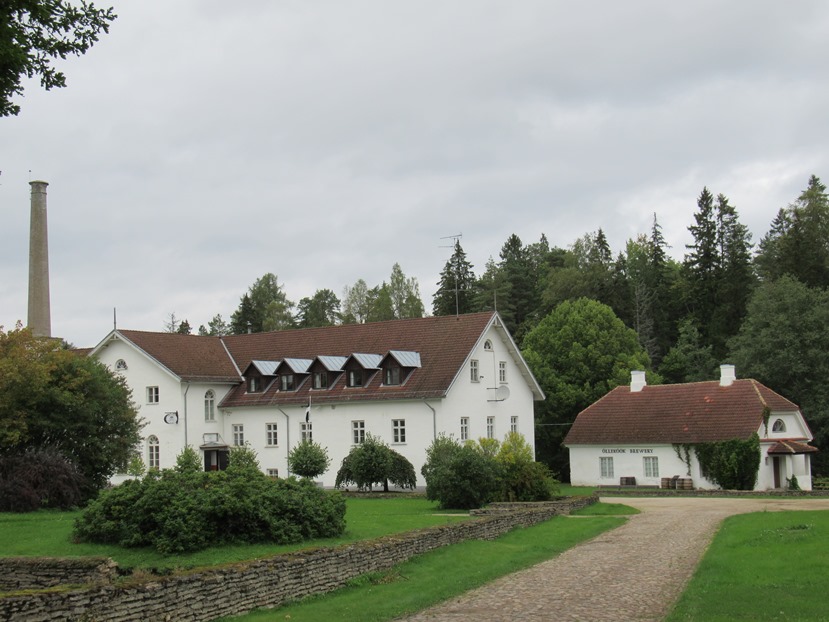
One can spend many happy hours touring the manor house and the grounds. In the summertime, there are horse-drawn carriage rides, boating on the pond, hiking trails, wine tasting, beer tasting and minting a coin in the smithy (blacksmith’s workshop).

There are many more manor houses such as Sagadi Manor, which can be viewed by appointment and Kau Manor which has been converted to a hotel and restaurant. Others have fallen into total disrepair and await their prince charming to come along and revive them.
Bottom line: do explore the countryside for a full day if your schedule allows it. It’ a refreshing change of pace after several days of touring the cities.
**Disclosure: I did not take the photos of Viru Raba and the photo of the exterior of Palmse manor.
